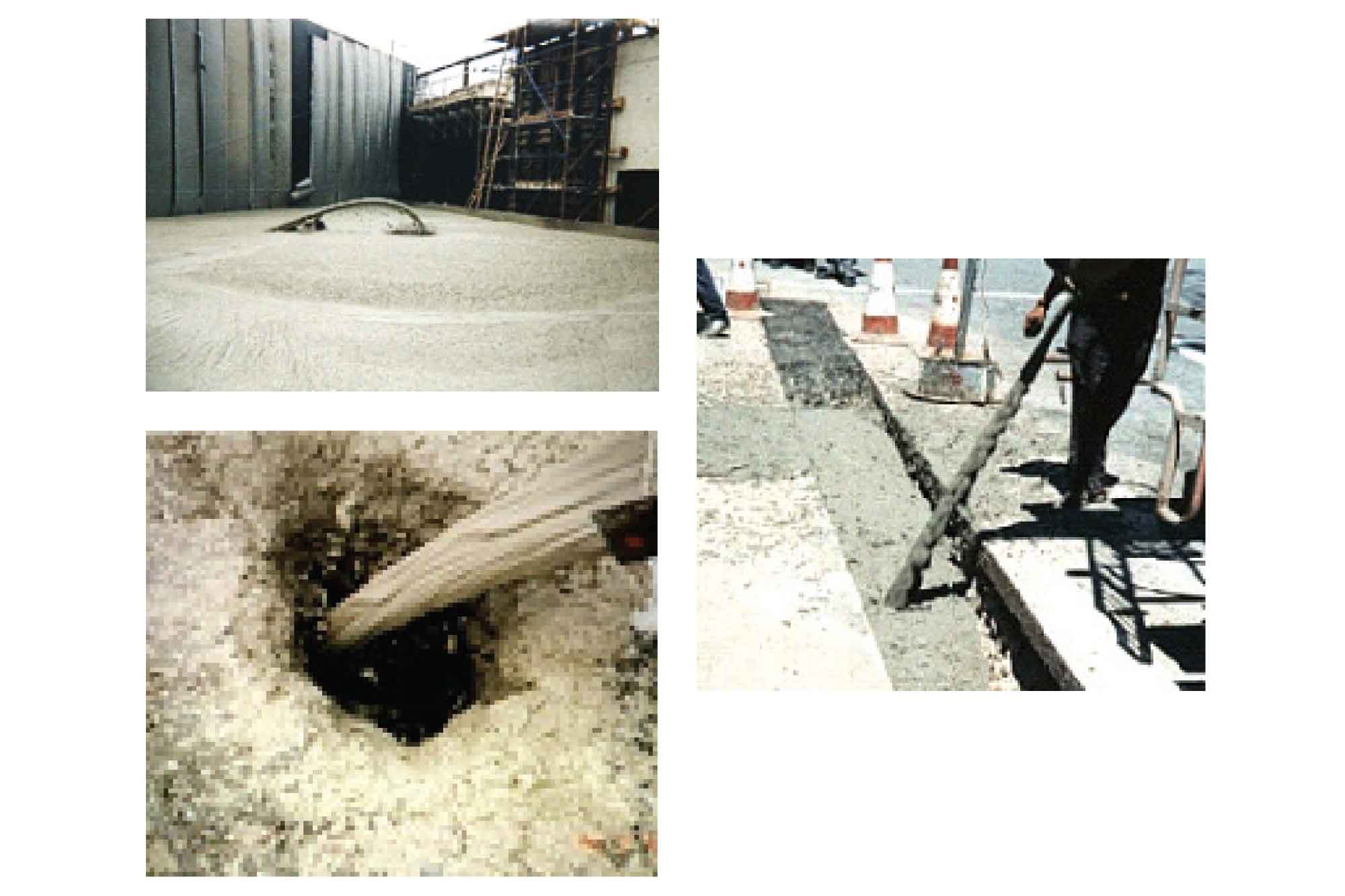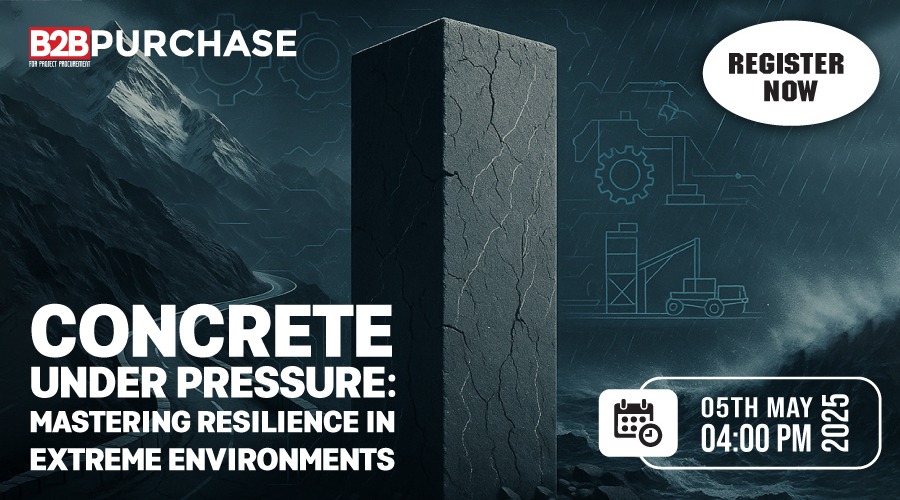Sai-Ansh comes up with versatile foamed concrete
By Edit Team | June 24, 2014 6:53 am SHARE

Sai-Ansh Engineers is into foamed concrete plants, dry mix plants, construction equipment, concrete product making equipment etc. It is exporter and supplier of foam concrete plants for various applications.
The company presents foamed concrete that finds its use in many applications as explained below in detail.
Light-weight foamed concrete blocks
Foamed concrete is used for making light-weight blocks in India, China and Thailand which are mainly used to build partition walls. Due to the light-weight nature of the blocks, they impose a minimum loading on the building. Foamed concrete blocks also provide good thermal and sound insulation.
It has low water absorption and a closed cell structure. When it rains, water does not pass through the foamed concrete. When plaster is applied to foamed concrete walls, water remains in the plaster so that the plaster does not crack.
Void filling
Foamed concrete is useful for void filling as it will pour into even the most inaccessible places. It can be used not only for planned work, but also in emergencies to provide stability and support very quickly.
Foamed concrete has been used to fill old sewers, basements, storage tanks and voids under roadways caused by heavy rain. It can be applied even through small openings making the work much easier and cheaper than other methods. If necessary, it can also be pumped into position over considerable distance.
Roofing insulation
Foamed concrete has been supplied for roofing insulating. A low density mix is chosen and the resulting air content gives the material excellent thermal insulation properties. The low density also has the advantage that it does not significantly add to the overall weight of the roof.
Roofing is probably the most widespread application of foamed concrete. Foamed concrete has two benefits when it is used for roofing. It provides a high degree of thermal insulation and it can be used to lay a flat roof to falls. A typical specification for roof insulation is shown here:
Where,
1- structural slab, 2- lightweight foamed concrete laid to falls (50 – 200 mm or more), 3- waterproof membrane, 4- mortar, 5- tiles
Bridge abutment
As it does not impose the large lateral loads, it is particularly suitable for bridge abutments. Using foamed concrete, the lateral load is practically eliminated, so the bridge walls do not have to be as thick. This in turn means that the wall foundations can be made less massive. Huge cost savings can be achieved by reducing the thickness of the walls, and the size of the foundations.
Trench reinstatement
For trench reinstatement also foamed concrete is a good material. The traditional methods of filling trenches in the roads, i.e. the use of granular fill materials, result in settlement and damage to the road and potentially, to the pipes. With foamed concrete there is no settlement; and as it is very fluid, it will fill any voids and cavities in the trench sides.
Also, due to its load spreading characteristics, axle loads are not transmitted directly to the services in the trench, so the pipes are not damaged by the weight of traffic.
Unlike traditional granular backfill materials, foamed concrete does not require compaction. This is important since the use of such tools can cause vibration related illnesses among the workers.
Road sub-base
Foamed concrete can be used to make road structures less heavy. This helps solve the problem where the traditionally heavy road structures cause severe settlement of the road, particularly in areas of soft ground. By constructing the road sub-base from a light-weight material, the overall weight of the structure can be greatly reduced. Foamed concrete, with a wide range of densities, has proved to be a cost-effective material for solving this problem.
Wall construction
It can be used for cast in situ walls. These can be made either by using traditional shuttering or hollow polystyrene moulds. This provides a quick and cheap method of building, with the added advantage of excellent thermal insulation.
Tunnelling
For tunnel construction and repair also foamed concrete is useful. It is used for the filling of voids created and exposed during tunnelling, and for grouting the finished work, including gaps behind the tunnel lining.
Floor construction
It provides very good material for floor construction. It is ideal for building sub-floors quickly and cheaply. Also it can be used for levelling terrain and raising floor levels as well as for insulation purposes.
Ground works
It finds its use in various types of ground projects, including stabilising embankments after landslides, highway widening schemes, land reclamation and filling in of harbours. As it does not sink into soft subsoil, redevelopment can begin much sooner after application. For similar reasons, it is also useful for road foundations.
Fire breaks
The excellent fire resistant properties of foamed concrete make it an ideal material for fire breaks in buildings where there are large undivided spaces. It is used to prevent flame penetration through the services void between floor and ceiling in modern construction, and also to protect timber floors in old houses.
Sound insulation
It reduces the passage of sound, both from background noise and due to impact. It is, therefore, an ideal material for internal walls and suspended floors in multi-storey buildings, especially ones with communal use.
Cookie Consent
We use cookies to personalize your experience. By continuing to visit this website you agree to our Terms & Conditions, Privacy Policy and Cookie Policy.






































-20240213125207.png)

























